Seventeenth-Century Chinese Porcelain from the Butler Family Collection
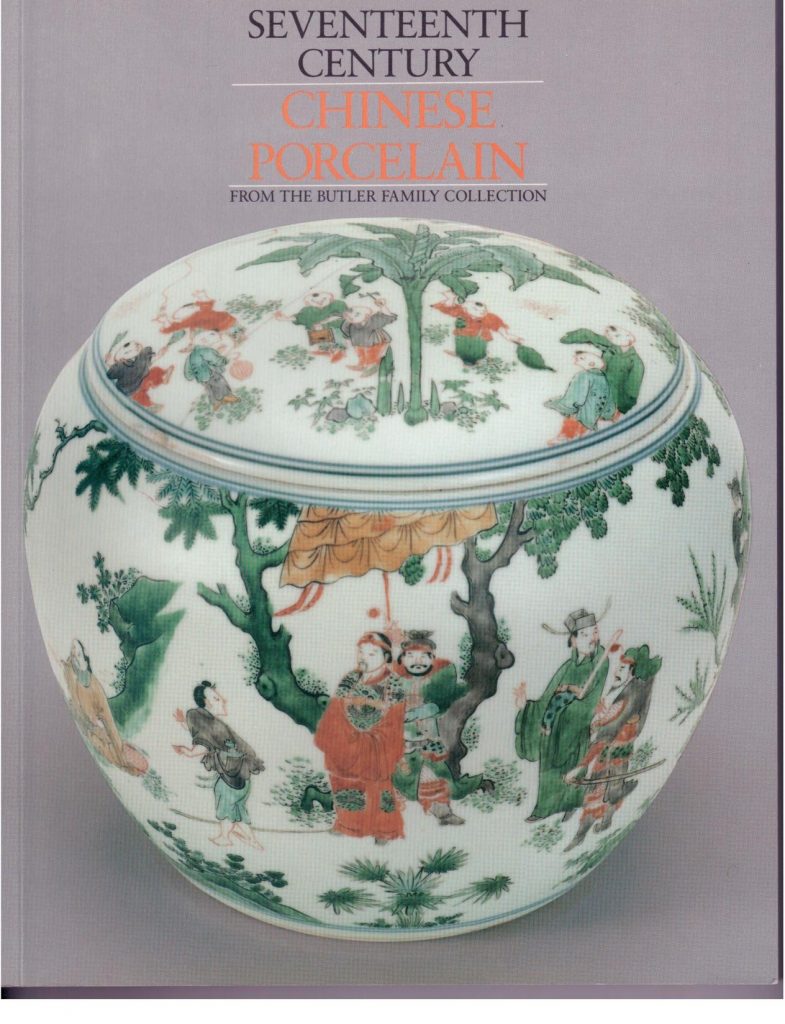
The catalogue contains many different forms of 17th century Chinese porcelains. All of the 140 items have a full description by the authors. The photographs are in both color and black & white.
Designs as signs: Decoration and Chinese ceramics: Percival David Foundation of Chinese Art
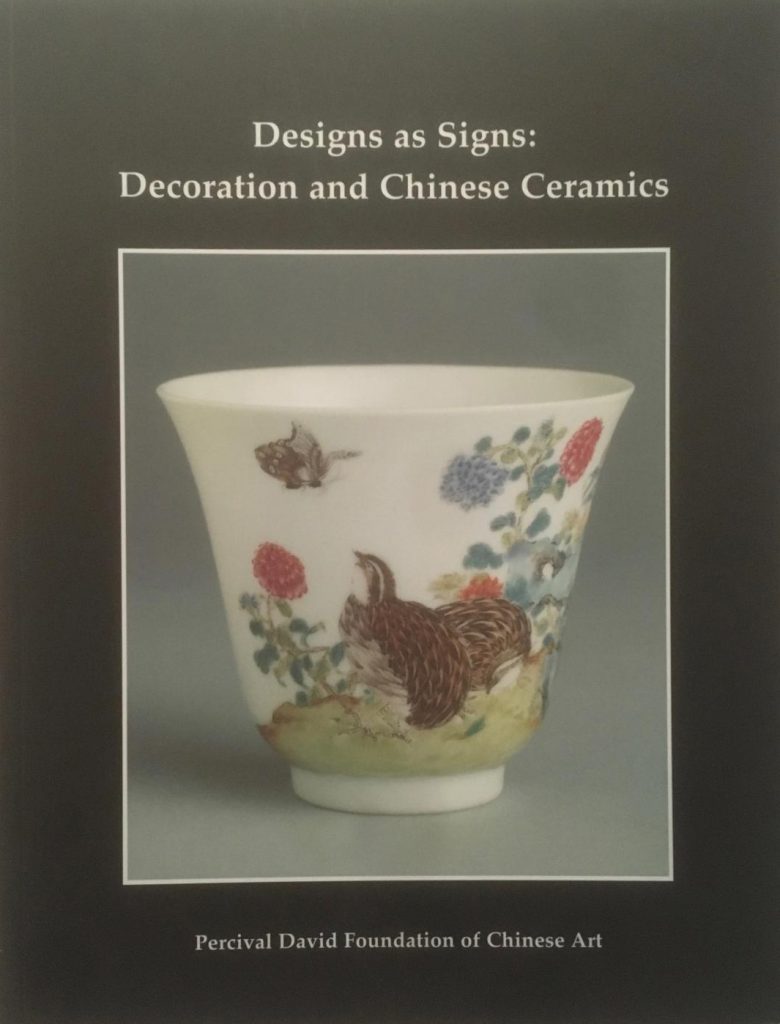
Catalogue of an exhibition at the Percival David Foundation of Chinese Art, 2001. The definition of motifs on Chinese art is one of the most frequently cited ways of defining Chinese culture in Western writing. It is also the primary subject which fascinates visitors to a Chinese art museum. ‘What does it mean’ is the […]
Ko-sometsuke: Chinese Porcelain for the Japanese Market
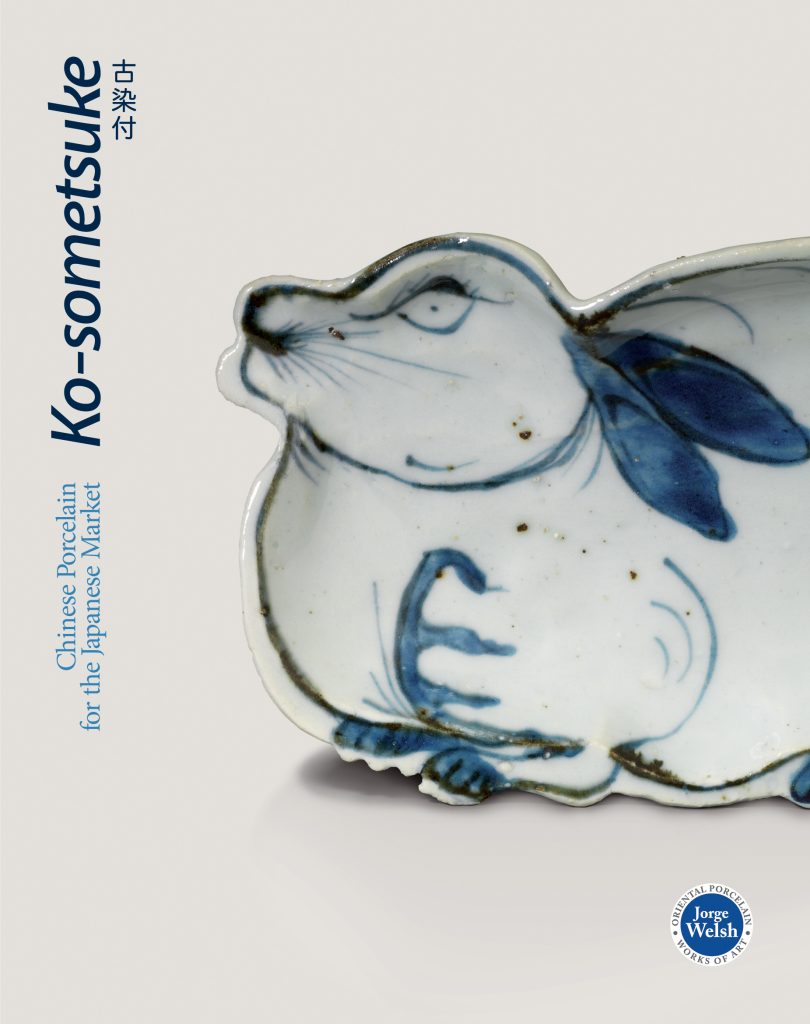
Ko-sometsuke (‘old blue and white’) porcelain was produced specifically for the Japanese market during the final decades of the Ming dynasty (1368-1644). The lack of Chinese imperial patronage during this period prompted the potters at the Jingdezhen kilns, Jiangxi province, to seek out new markets for their porcelain. This coincided with the rising popularity of […]
Chinese Export Art and Design
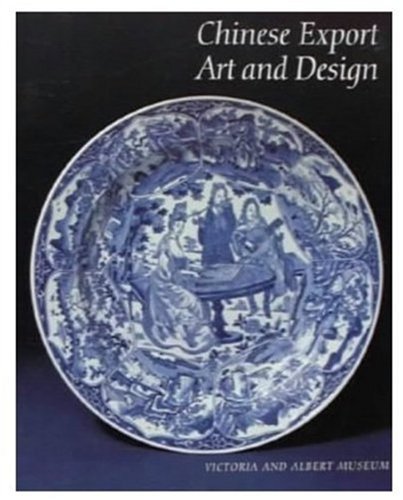
China of All Colours: Painted Enamels on Copper
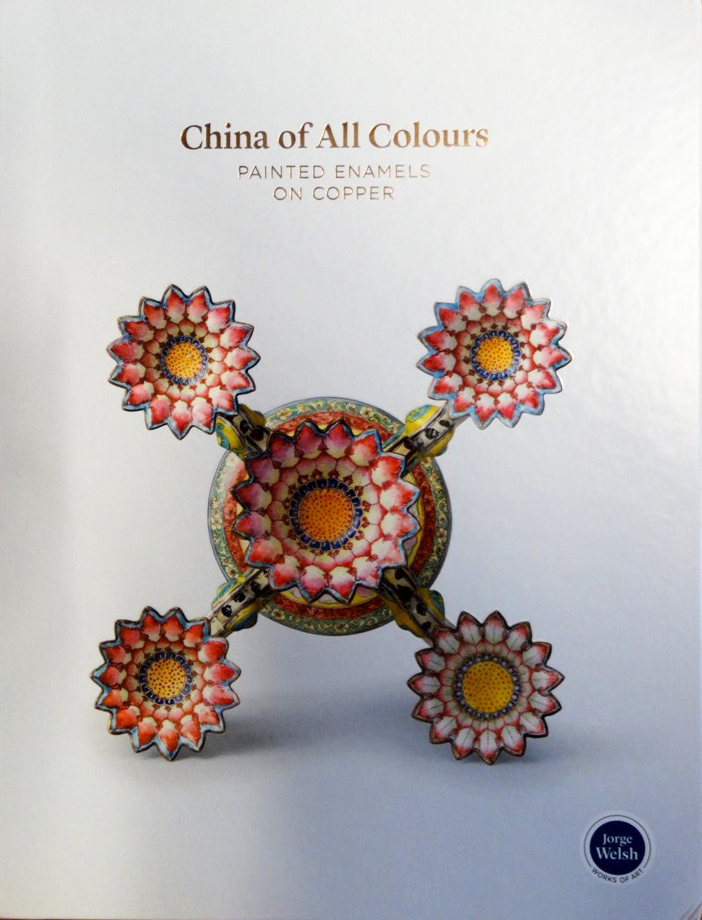
Exhibition catalogue; Chinese painted enamels on copper are an intriguing but little-studied group of wares developed during the first half of the 18th century. These brightly coloured enamelled copper pieces were created for the imperial court, domestic and export markets, and often influenced by China’s principal artistic export, porcelain. This catalogue presents a selection of shapes and decorative motifs found in […]
300 treasures: Chinese Porcelain in the Wallenstein, Schwarzenberg & Lichnowsky Family Collections
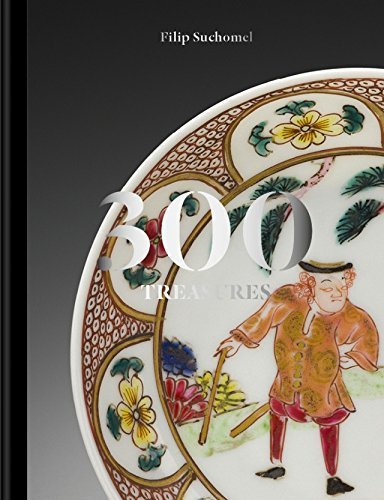
Chinese porcelain ware is contained in many major art collections worldwide. The Czech Republic also has interesting collections, which, however, have not previously been very well known to the wider public. The boom in the trade of Chinese porcelain is linked to the discovery of the trade routes to China in the 16th century. Porcelain […]
Chinese Ceramics: The Anthony de Rothschild Collection
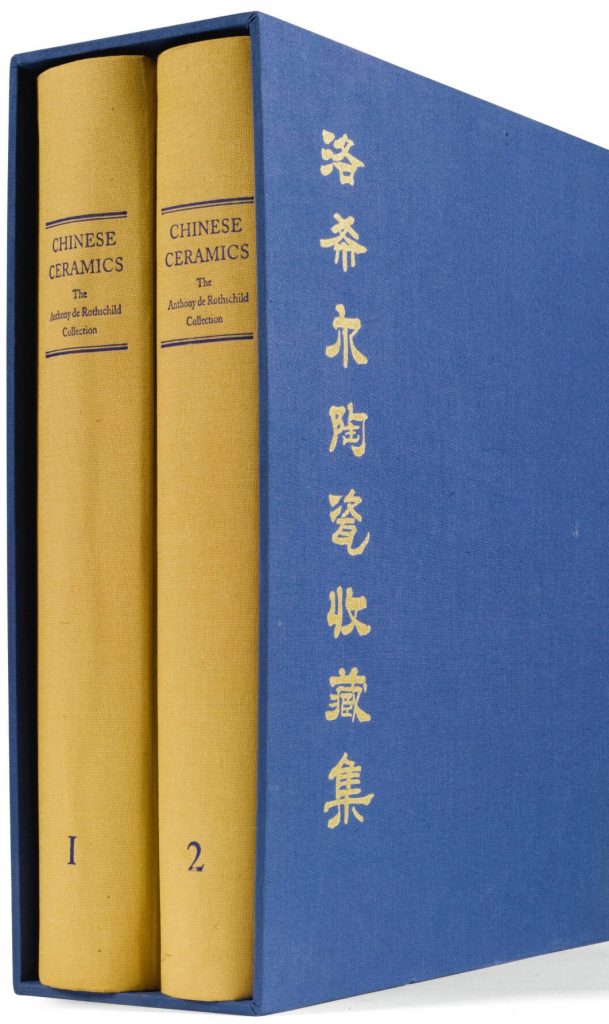
Provenance: Collectors, Dealers and Scholars in the Field of Chinese Ceramics in Britain and America
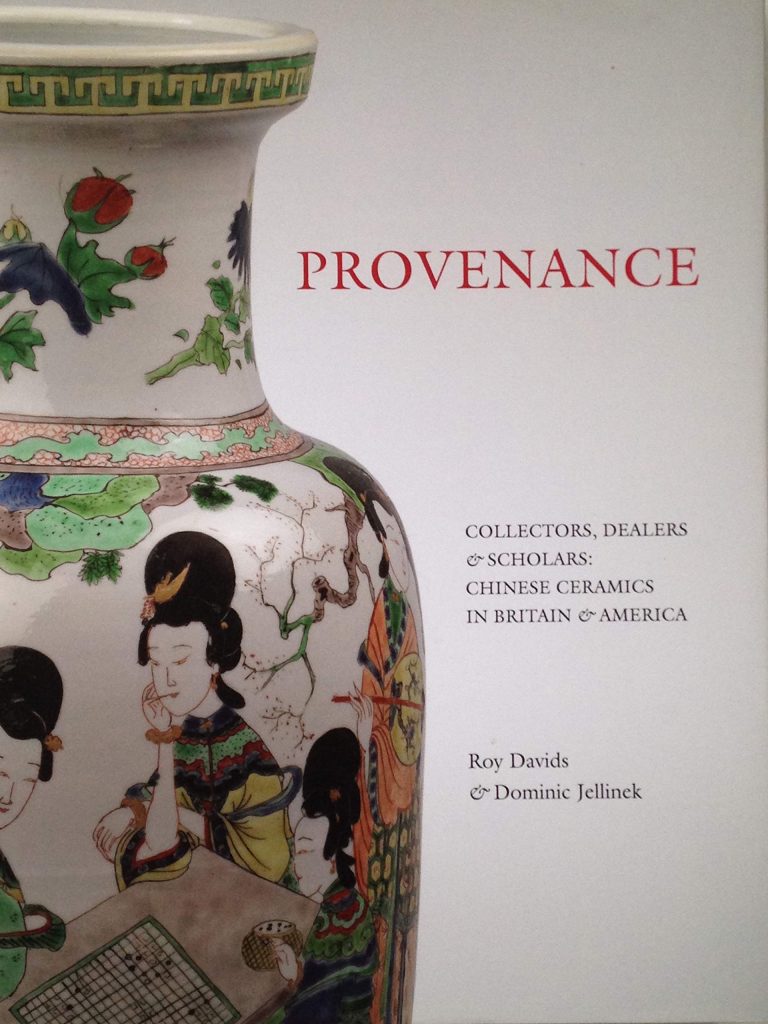
A major resource for the provenance of Chinese ceramics from collections in Britain and America. Contains 1064 biographies of collectors, dealers and scholars from the 17th century collector, Queen Mary II, onwards to the 20th century. A 40 page introduction traces ceramic contacts between China and Britain and America from the 16th to the 21st […]
Treasures from an Unknown Reign: Shunzhi Porcelain
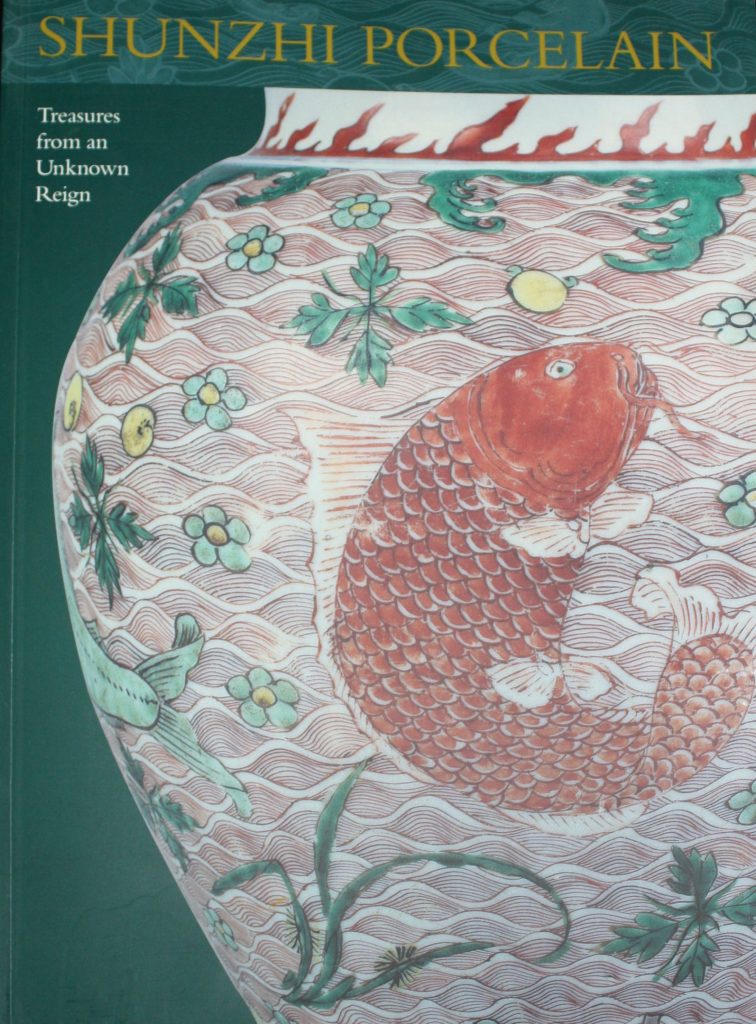
The Shunzhi era (1644-61), marking the end of the Ming Dynasty and the beginning of the Qing, was a transitional period in Chinese history. As far as porcelain was concerned, until the last 20 years, it was a little-known reign not only in the West but in China itself. By the late 1630s, painters on porcelain […]
Chinese Porcelain in the Conde Collection
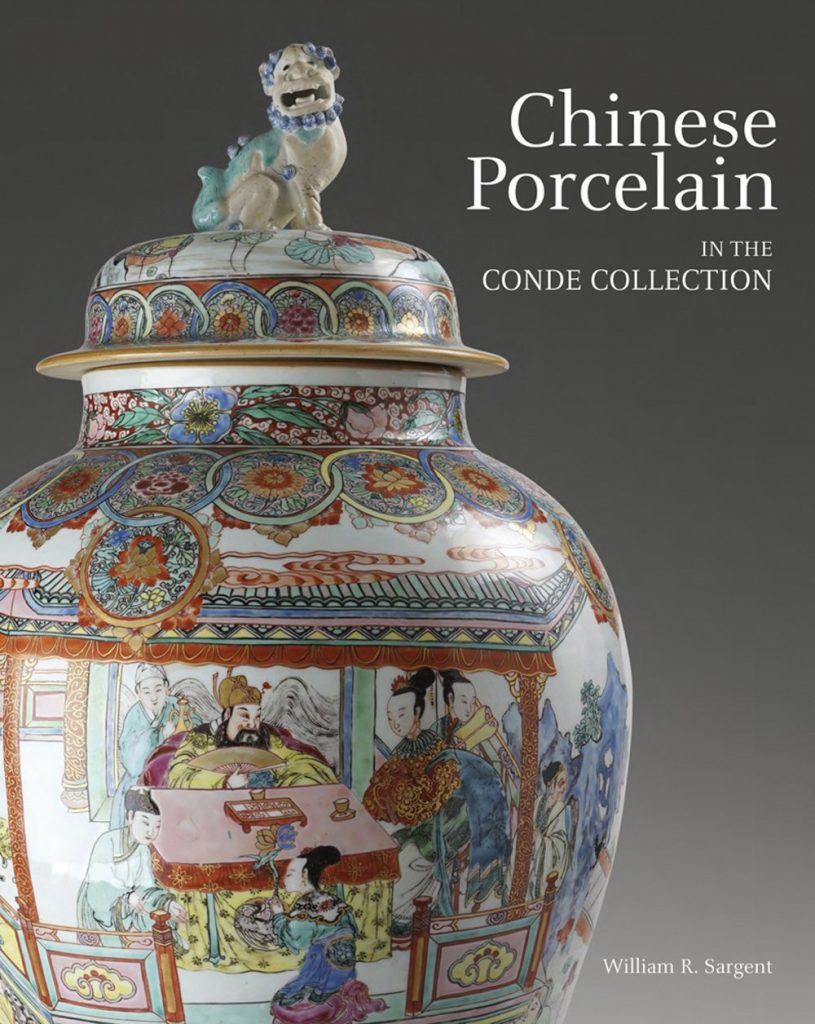
The Chinese porcelain objects collected by Álvaro Conde constitute one of the finest private collections worldwide. This publication includes texts by leading experts in this area: an introduction by Christie¿s Becky Mcquarie, a main essay by porcelain specialist William Sargent and an essay about business relationship between China and New Spain by Maria Bonta de […]